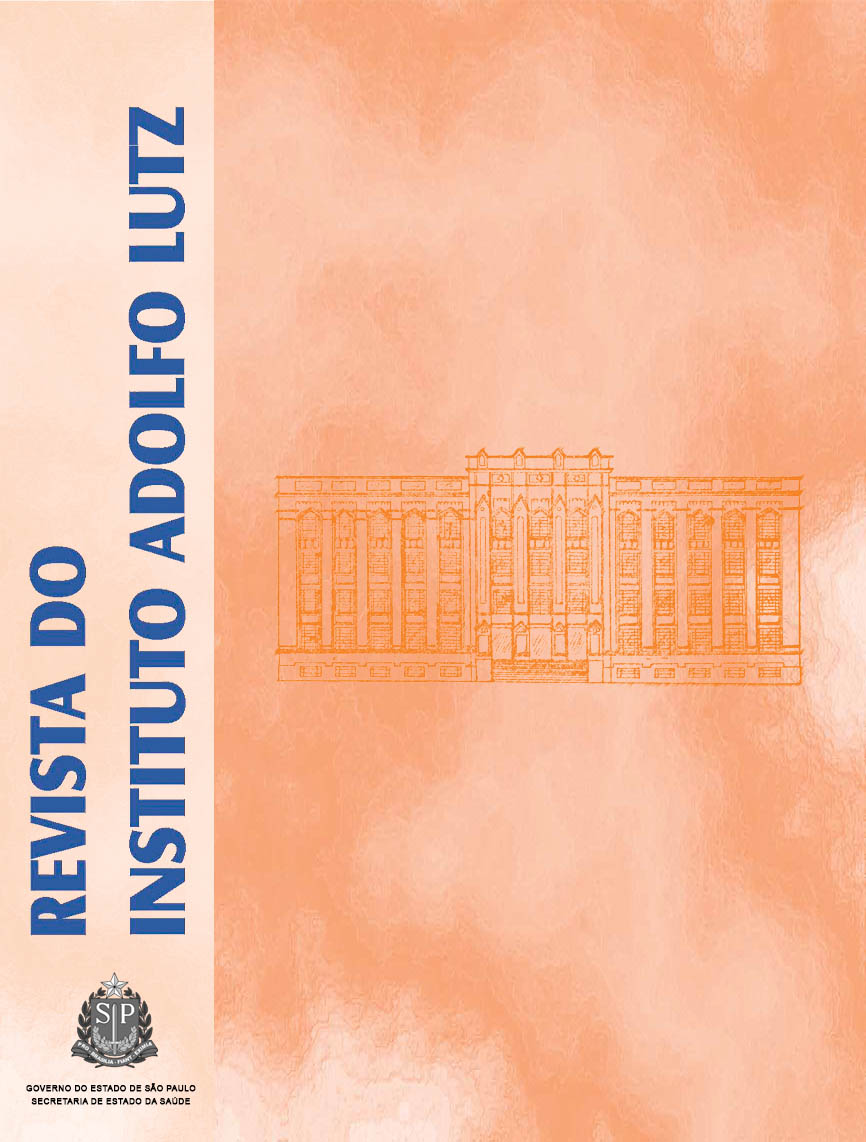Abstract
On account of a study developed in Sanitation Sector at the National Institute of Quality Control in Health of Oswaldo Cruz Foundation, concerning the evaluation of antimicrobial activity of disinfectants, the present investigation analyzed disinfectant products of general use which are available in the Brazilian market. Of the disinfectants randomly collected, three of them (products A, B and C) showed microbial contamination. The contaminant microorganisms isolation and identification were performed by using the equipment Vitek® 2, and the rRNA 16S amplification and sequencing were done. Vitek® 2 analysis revealed the occurrence of Serratia marcescens and Achromobacter xylosoxidans in the products A and B, respectively. Aeromonas salmonicida was detected by Vitek® 2, and Burkholderia lata was identified by means of amplification technique through polymerase chain reaction in the product C.References
1. Marrie TJ, Costerton JW. Prolonged survival of Serratia marcescens in chlorhexidine. Appl Environ Microbiol. 1981;42:1093-102.
2. Berkelman RL, Anderson RL, Davis BJ, Highsmith AK, Petersen NJ, Bond WW, et al. Intrinsic bacterial contamination of a commercial iodophor solution: investigation of the implicated manufacturing plant. Appl Environ Microbiol. 1984;47:752-6.
3. Anderson RL, Vess RW, Panlilio AL, Favero MF. Prolonged survival of Pseudomonas cepacia in commercially manufactured povidone-iodine. Appl Environ Microbiol. 1990;56:3598-600.
4. Oie S, Kamiya A. Microbial contamination of antiseptics and disinfectants. Am J Infect Control. 1996;24:385-95.
5. Lanini S, D’Arezzo S, Puro V, Martini L, Imperi F, PiselliP, et al. Molecular epidemiology of a Pseudomonas aeruginosa. Hospital outbreak driven by a contaminated disinfectant-soap dispenser. PLoS ONE. 2011;6(2):e17064 /journal.pone.0017064.
6. Kagan LJ, Aiello AE, Larson E. The role of the home environment in the transmission of infectious diseases. J Community Health. 2002;27:247–64.
7. Ojima M, Toshima Y, Koya E, Ara K, Tokuda H, Kawai S, et al. Hygiene measures considering actual distributions of microorganisms in Japanese households. J Appl Microbiol. 2002;93:800-9.
8. Reynolds KA, Watt PM, Boone SA, Gerba CP. Occurrence of bacteria and biochemical markers on public surfaces. Int. J Environ Health Res. 2005;15(3):225-34.
9. Watts JL, Lowery DE, Teel JF, Rossbach S. Identification of Corynebacterium bovis and other coryneforms isolated from bovine mammary glands. J Dairy Sci. 2000;83(10):2373-9.
10. Instituto Nacional de Controle de Qualidade em Saúde. Manual da Qualidade. Determinação de Tensoativos Aniônicos e Catiônicos. Rev. 10. In: Manual da Qualidade. Rio de Janeiro: INCQS/FIOCRUZ, 2011. Seção 4.3. 9 p. (65.3110.014 rev. 10).
11. Timenetsky J. Avaliação microbiológica de desinfetantes químicos de uso doméstico. Rev Saúde Pública. 1990;24:47-50.
12. Mcdonnell G, Russell AD. Antiseptics and Disinfectants: Activity, Action, and Resistance. Clin Microbiol Rev. 1999;12(1):147-79.

This work is licensed under a Creative Commons Attribution 4.0 International License.
Copyright (c) 2012 Instituto Adolfo Lutz Journal
